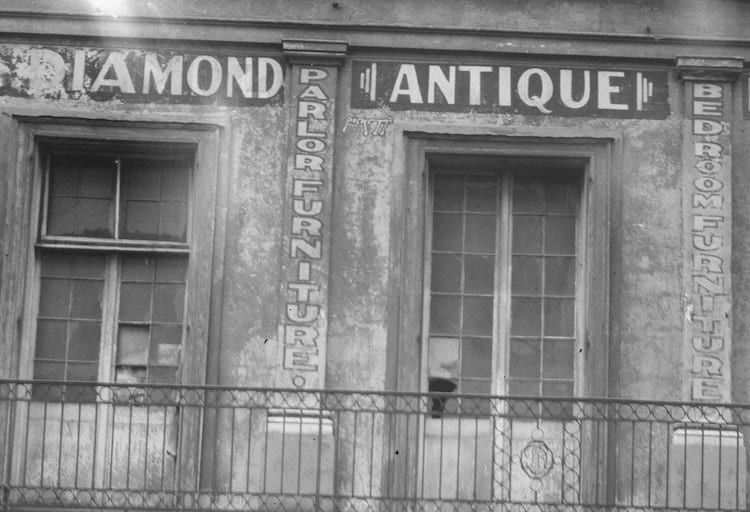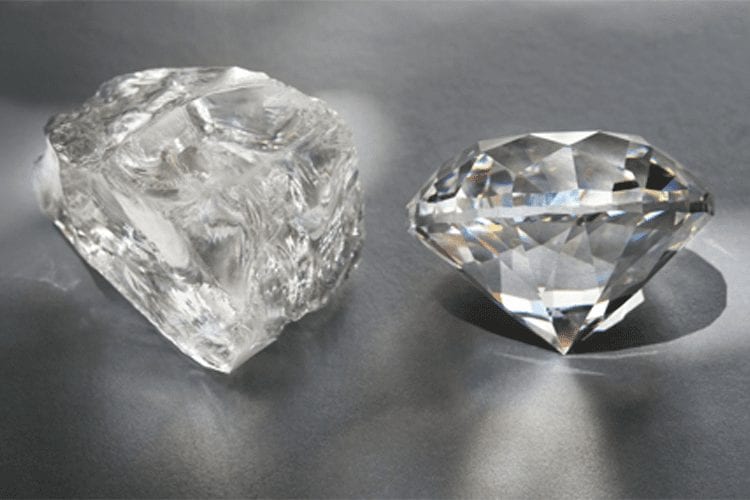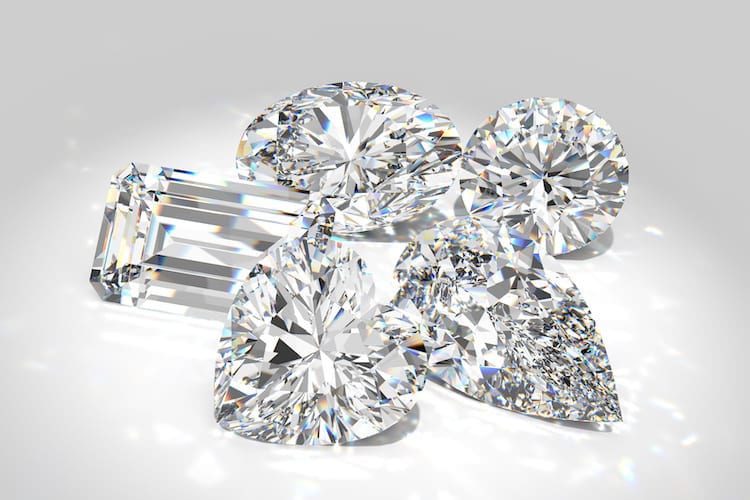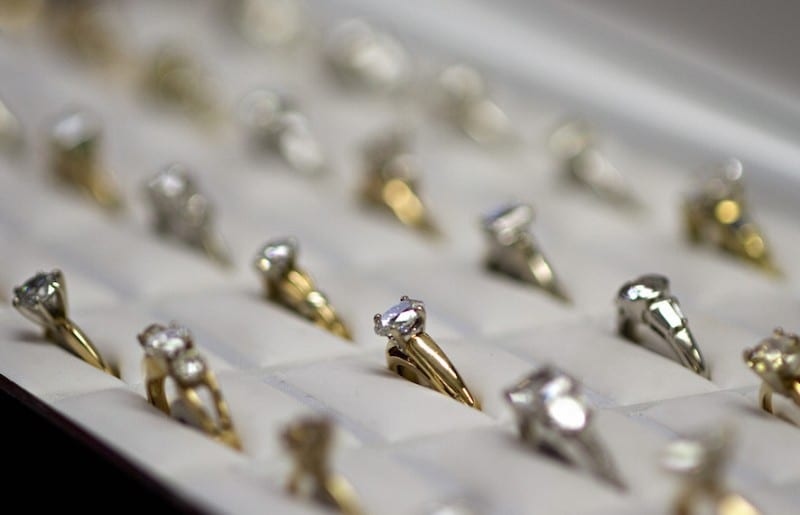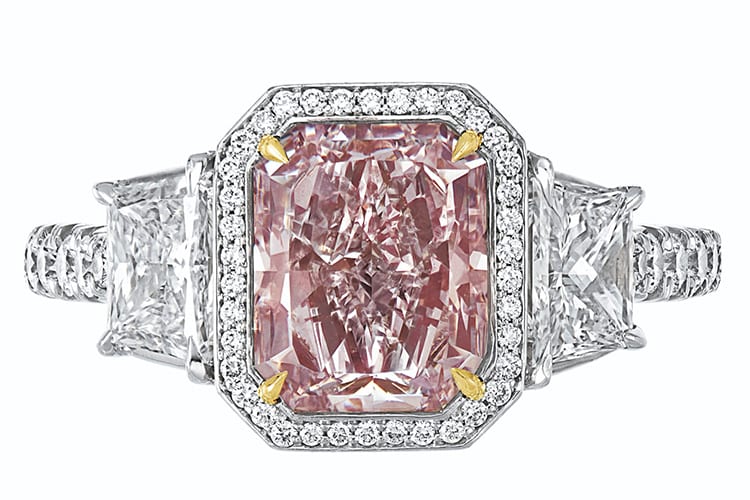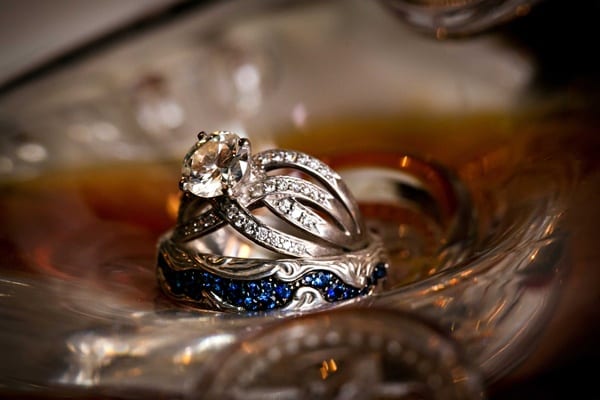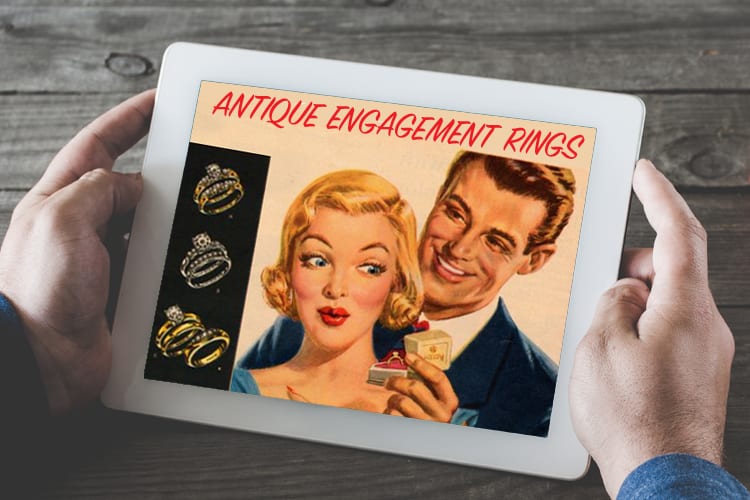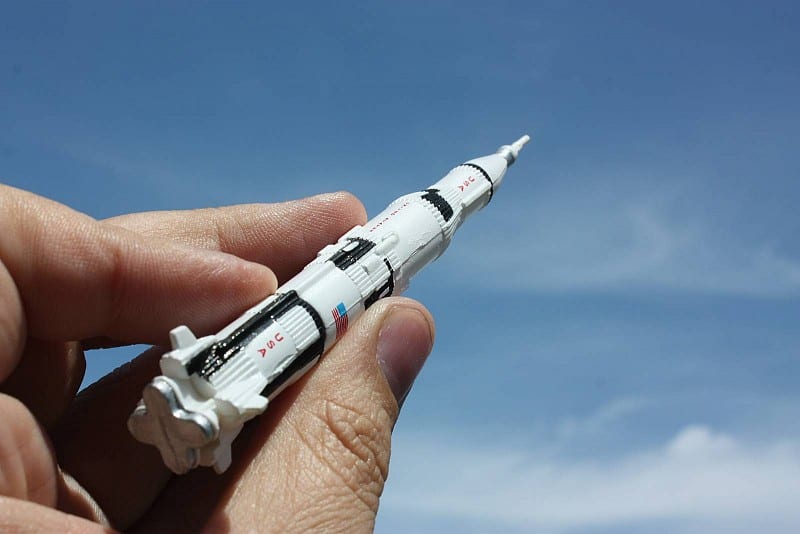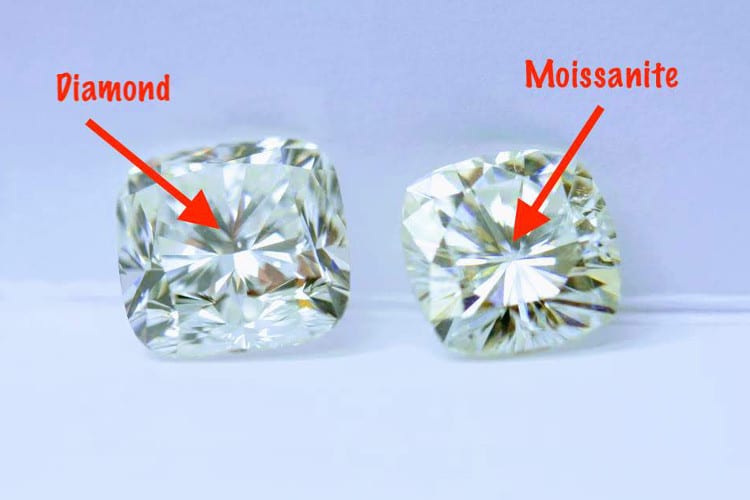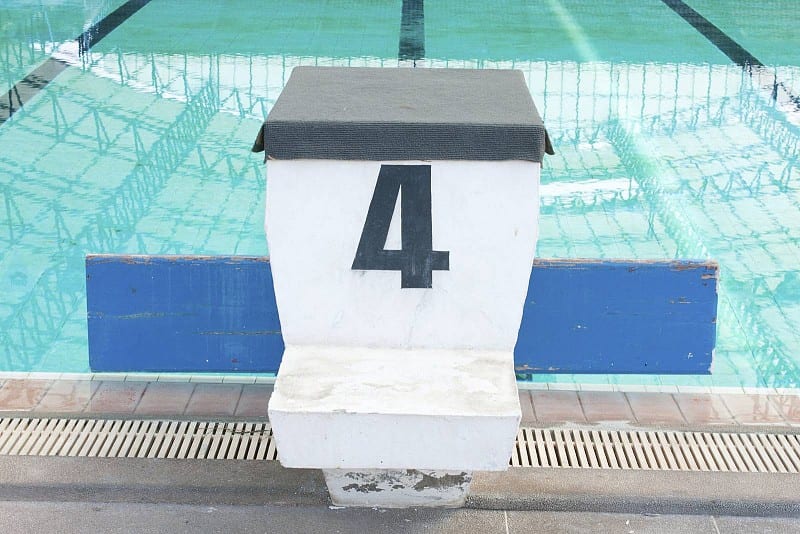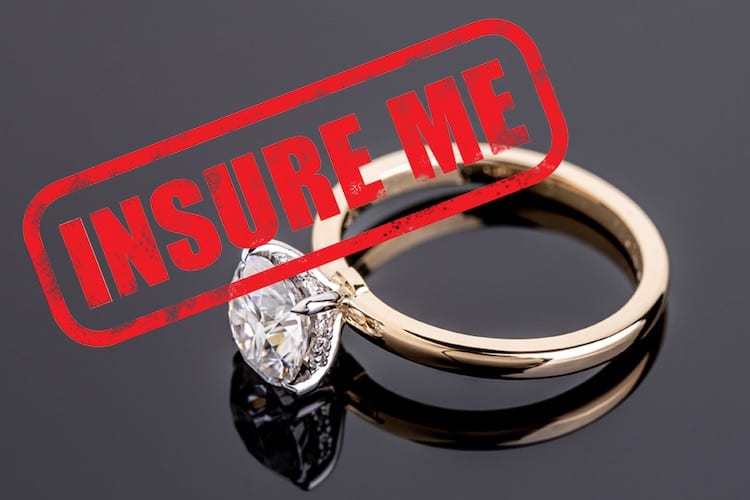
What’s the least romantic part of getting married? No, it’s not dealing with the in-laws, but good guess. It’s dealing with insurance, specifically, insuring your engagement ring. And you thought your shopping days were over.
The ring is not only valuable from a monetary standpoint, it’s also a cherished keepsake, invaluable to your loved one, and therefore one thing that needs to be insured with the best policy you can find. Here are some of the most important points to should consider when shopping for engagement ring insurance, whether with an insurance broker or directly with a company.
1. How soon after purchasing should I insure the ring?
Short answer: Within 14 days
Long answer: You will be happy to learn that if you have an existing homeowner’s or renter’s policy with an itemized or scheduled rider for other jewelry you own, it will cover newly acquired items. This means when you buy the engagement ring, you are covered up to a certain percentage of your total itemized insurance (more on this later) for 14 days with a receipt. That’s a grace period. Contact your insurer for more info.
“Companies like Chubb have built this clause into their itemized policies, but the percentage of coverage and the cap will vary with different carriers,” explains Audrey Giuca, senior account executive for jewelry and art at Dewitt Stern, a broker for Chubb and other insurance companies. This is why it’s important to research and insure the ring as soon as it goes on your fiancée’s finger. This will provide you both with peace of mind that you have the protection you need in unfortunate circumstances such as theft, robbery, loss, or damage.
2. Are there different ways to insure a ring?
Short answer: Yes, there are two ways to cover a ring: with your homeowner or renter’s insurance or with a dedicated jewelry insurance company.
Long answer: If you have a homeowner’s or renter’s insurance policy, you can obtain a rider that will cover the engagement ring. It’s best to get a rider that covers “itemized” or “scheduled” personal property rather than the blanket coverage of your basic homeowner’s policies. Itemized or scheduled personal property is covered for the full amount of the ring and you traditionally don’t have to pay a deductible since premiums are generally higher. But you are paying for the comfort of knowing you will not lose — financially — what your loved one has lost in sentimental value. “The claims processes on itemized jewelry are usually easier as well,” said Giuca.
If you don’t have an existing policy, you can purchase insurance through a company that specializes in jewelry insurance, like Jeweler’s Mutual or other companies like State Farm that offer separate “valuables policies.”
3. Is one type of insurance better than another?
Short answer: No, it depends on the situation.
Long answer: If you have homeowner and/or renter’s insurance, then adding a rider will be an easy way to go. But you can also find a good valuables policy. Guica says: “It’s important to ask the right questions and learn exactly what is covered and what isn’t covered with either of these options.”
4. What are some good questions to help you find the right insurance?
- What is the ring insured for: loss, theft, or damage? Does the policy cover all three without exceptions? Ideally, you want everything to be covered under your insurance policy even if “lost” means you wore it swimming and it likely fell down a pool drain never to be found again.
- If you’re insured for a replacement (not cash), where can you go to purchase a new ring? So if your ring is stolen or lost, does the insurance company send a check for the value or does it suggest places to go for a replacement or find a jeweler for you? Optimally, you would want the check and the ability to find a new ring for yourself. Your significant other will be devastated that she lost her most sentimental and meaningful possession so you want the replacement process to be as smooth as possible.
- Will you receive the value of the ring as per the most recent appraisal or will insurance only cover the purchase price?
- What types of damages are you covered for? A scratch may not count.
- Can you choose the store or jeweler who repairs your ring?
- What happens if a reasonable replacement can’t be located?
- How will you prove the ring is really missing when you make a claim?
- Are there any situations where rings aren’t covered?
- Does the insurance extend to when you leave the country?
- What about inflation? Does that get factored in?
- Is the ring covered internationally or just in the US?
You can get coverage for all of these points if you want them to be covered. You just need to ask and shop around for the policy that suits you best.
5. What’s needed to insure a ring?
Short answer: appraisal, photos, GIA certificate.
Long answer: There are three key things needed:
- A professional appraisal (addressed below).
- Photos of the ring from the jeweler where you bought it. They will have more professional photos than what you can take, but you should also take photos of the ring once you bring it home. It is sometimes required by insurance companies for damages, but even if they don’t require these, they’re good to have if you have to file a claim.
- A GIA certificate, if there is one, for your center diamond.
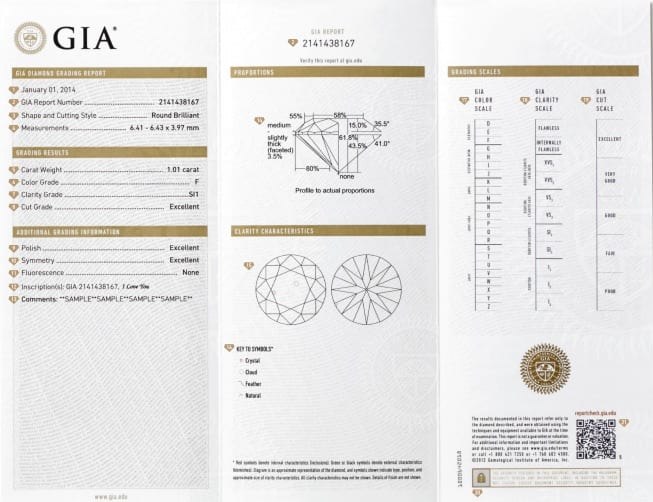
6. What needs to be in the appraisal?
Short answer: The diamond 4Cs, the metal of the ring, descriptions of additional stones, notable characteristics, the date it was made, and the current date.
Long answer: “A professional independent appraisal should be as thorough as possible,” said Benjamin Khordipour of Estate Diamond Jewelry. “It should include information about the 4Cs of the diamond (cut, clarity, carat, and color), the attributes and aspects that might look different in person then on the GIA report, and it should explain the metal, the inherent qualities of the center diamonds and/or colored stones. If it’s antique or vintage, it should also report any identifying characteristics such as hallmarks and modern designer marks. It should have the date when it was cured and made, provenance, metal, type and quality of stones.
Due to inflation, changes in pricing of gemstones and metal, rings, and other factors, the ring should be appraised approximately every three years to ensure you receive the correct value should you need to put in a claim.
7. How does the insurance company determine the insurance cost of the ring?
Short answer: It’s based on a formula.
Long answer: “Insurance companies take into consideration whether there is a deductible or not,” said Gucia. “Policies without deductibles will have higher premiums.” But a formula that is relatively standard is that the annual insurance cost for the ring will be between $1 and $2 per every $100.
8. Are there any other ways to reduce the cost of insurance?
Short answer: Keep the ring in a bank vault or home safe, live in a place where there’s a doorman, and if you’re using a valuables policy, ask if you can pay a higher deductible in the event of loss or damage.
Long answer: Yes! Years ago, while working with my insurance company to add a jewelry rider for itemized jewelry, they asked questions about where I live, (an apartment building in downtown Manhattan), if I had a doorman and a security system in the building (yes), and if I had a safe in my apartment (yes) and a safe deposit box (yes), among other questions.
It seems that it helped to lower my premium somewhat to have this extra security. Since in most cases, an engagement ring is worn every day, this information might not apply to helping you out financially with your insurance, but you should still ask when working directly with insurance companies or your broker.
Additionally, it can make you feel more secure to have a safe and to put your ring there if your wife won’t be wearing it for a lengthy period of time. Let’s say her fingers swell so much when she’s pregnant that you decide to put your ring away instead of sizing it; you can talk to your insurance company about the premium when it’s at home in a safe or if you have a safety deposit box. It can also reduce your monthly premium for the time that it’s there. This is true for all itemized or scheduled jewelry.
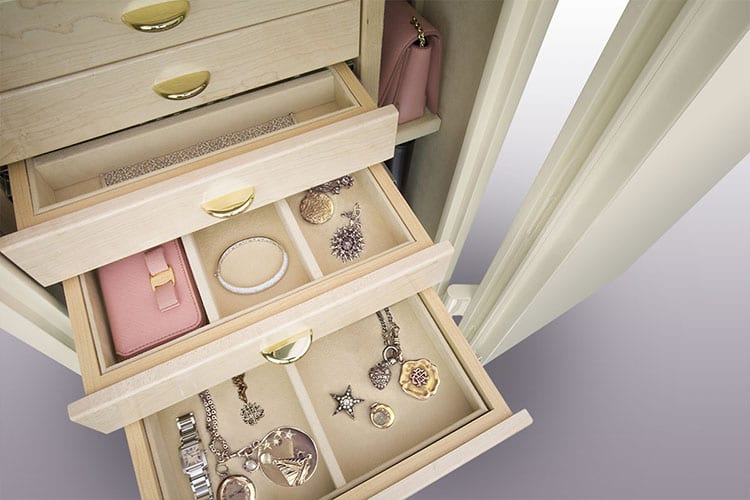
9. What to do if you ever have to file a claim?
Short answer: File a police report, contact your insurance rep, and prepare to show receipts, appraisal and photos to an adjuster.
Long answer: Whether your ring was stolen or you lost it, you will need to file a police report with all the information you have. This is part of any insurance policy I have ever seen or had. If the ring was stolen, it helps the police determine if it might be yours should they find the ring. If it’s lost and returned to a police station, the information you give and your ability to identify the ring will help you get it back quickly.
For the insurance company, it’s the first step in processing your claim. Once the claim is opened, the insurance company will ask you for all the supporting documents such as your receipt for the ring, recent appraisals, GIA certificate (if there is one), and photos. They will assign an adjuster to your case. The more information and documentation you provide, the smoother and the quicker the claims process will proceed, and you can shop for your engagement ring. The process can take anywhere from only one week with some insurance companies to a month.
Bottom Line
Should something happen to your beloved engagement ring, it’s nice to know you have an insurance company that will be there for you. The bigger question: Make sure you understand what your policy does and doesn’t cover.







